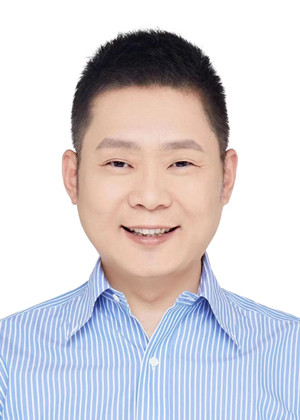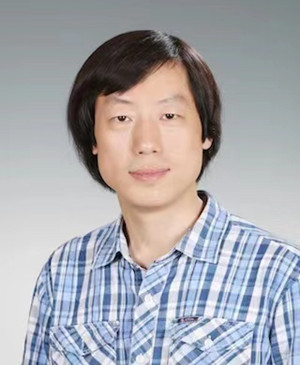Home> Academic Sessions
Session 14: Single-cell Multiomics Technology
Updated: 2022-08-12
With the development of high-throughput single-cell transcriptomics technologies in the past decade, a large number of single-cell transcriptomic data on tissues of various species have been detected.
Besides the diversity of cells, the composition of organs includes the orderly distribution of cells’ spatial positions, transcriptional regulation at the genome level and the function of protein levels, which cannot be shown in traditional single-cell transcriptomic data. Therefore, the application of multiomics technology plays a significant role in understanding the development and working mechanism of living organisms and diseases.
Innovations in detection technologies and data analysis of single-cell multiomics have led to the advancement of new technologies and tools. They are playing an increasingly important role in developmental regulation, organ functions, disease mechanisms and precision medicine and empowering basic research in life sciences, analysis of clinical and pathological mechanism and optimization of treatment schemes.
Chairmen

Wang Xiaoqun
Research fellow, Beijing Normal University

Tang Fuchou
Research fellow, Peking University
Invited speakers & reports
Xue Tian
Professor, University of Science and Technology of China
Report: TBD
Wu Chen
Professor, Peking Union Medical College
Report: TBD
Li Xiaoming
Professor, Zhejiang University
Report: TBD
Liu Bing
Professor, Academy of Military Medical Sciences
Report: TBD
Wang Jianbin
Professor, Tsinghua University
Report: TBD
Dong Ji
Research fellow, Guangzhou Lab
Report: Decoding the molecular mechanisms of ultrasound perception in the bat auditory cortex
